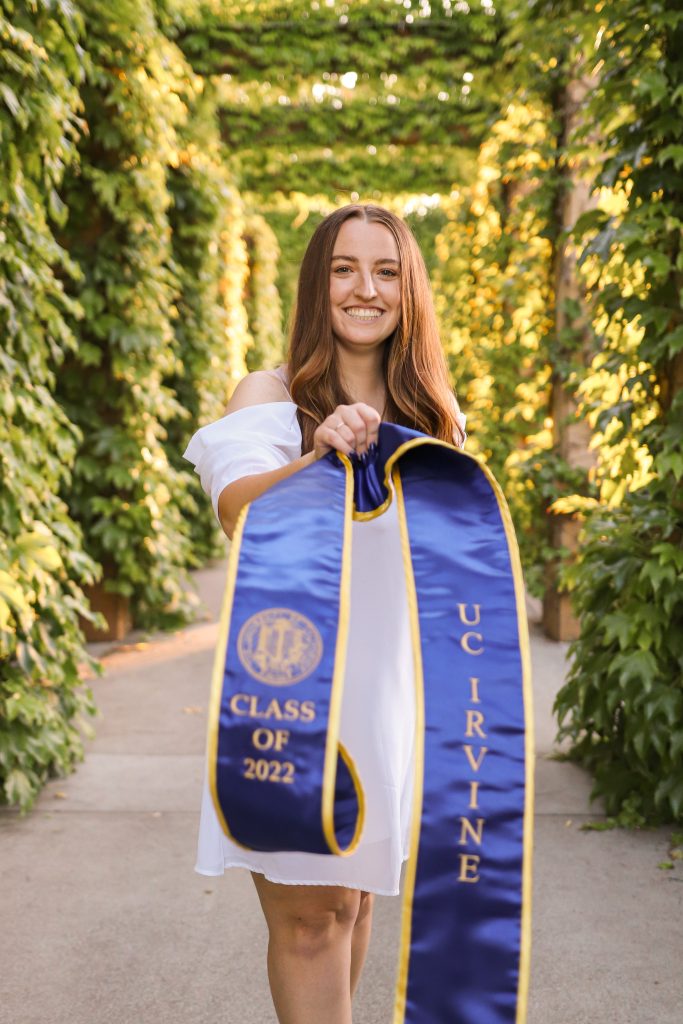Written by: Jena Herbst, CAICE 2022 SURP Fellow
Growing up, I was always intrigued by puzzles and how challenging they can be when trying to fit all the right pieces together.
When I came to college, I realized my puzzle was research and how it may take months to make sure the puzzle fits correctly or sometimes you may miss a piece laying beneath your feet.
I always enjoyed the attention to detail and the usage of problem solving to finish a puzzle. I was also very curious about the open ocean since it is believed that the ocean is less researched compared to space or the terrestrial world.
I had a strong passion for helping to fight climate change and to understand how vulnerable many of our marine communities are. My passion first ignited when I learned about ocean acidification and coral bleaching in regards to how these events can greatly impact marine ecosystems.

From this knowledge, I graduated from the University of California, Irvine with a degree in Ecology and Evolutionary Biology with a minor in Global Sustainability.
I was part of the Center of Environmental Biology for two years as well as being a lab member in Celia Faiola’s lab for a year. With the Center of Environmental Biology, I was able to work with many restoration organizations such as Crystal Cove Conservancy where we would restore terrestrial ecosystems with the addition of California natives and reduce non-native plants.
My work with Dr. Faiola truly ignited my interest in atmospheric chemistry and the terrestrial ecosystem. I was interested in how the relationship between the atmosphere and terrestrial world connect in regards to chemistry and chemical compounds.
I was able to conduct my own research project on the type of chemical compounds being emitted from Black Sage, a California native, when exposed to drought like conditions.

Dr. Faiola encouraged me to apply for the NSF Center for Aerosol Impacts on Chemistry of the Environment (CAICE) program to further explore my interests and to learn more about marine chemistry.
At CAICE, I will be working on collecting air samples from the SOARS machine in order to characterize the type of chemicals such as sea spray aerosol and volatile organic compounds we may see.
Many of these types of chemical compounds play a role in climate change and cloud formation due to the type of reactions which can occur within the atmosphere.
The project at CAICE seems to be my own puzzle where I am having to figure out exactly how the pieces fit together. My advice for students who are applying to the CAICE SURP program is to reach out to the graduate students who you are interested in working with to see what they are working on as well as to get to know the lab environment.
I would suggest trying out any type of research you are somewhat interested in so you are able to figure out what specifically are your interests.
A final thought for those who are interested in the program is to try as many different types of research as possible because you never know what may peak your interest or what may be your puzzle of interest.

